Subsistence farming is a type of agriculture in which you cultivate crops to fulfill the living needs of farmers. Therefore, farmers do this farming on a small scale where there is no surplus sale of trade. That is the reason it is considered family farming. The reason being it completes the food needs of farmers and their families.
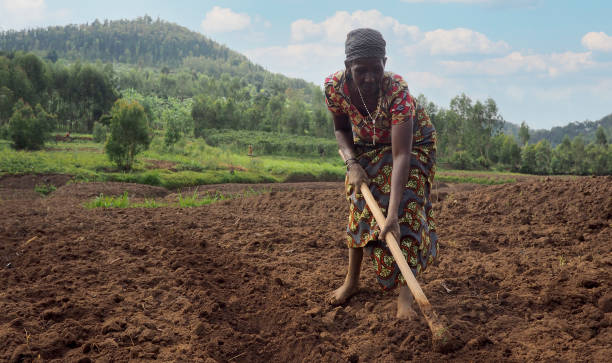
Read below to know more about this type of farming.
What is Subsistence Farming?
Subsistence farming is widely practiced traditionally, which means they use a low level of technology and household labor. In this type of farming, farmers only require a few acres of land for cultivation. The family members of the farmers are enough for cultivation.
Characteristics of Subsistence Farming
The following are the main characteristics of subsistence farming:
1. Land Use
In this type of farming, small lands are used to grow crops, about 1-3 hectares. Farmers use their traditional and small land for agriculture. They produce goods only for the consumption of the family.
2. Power and Transport
In many countries, livestock is the primary source of power. Due to livestock, farmers are able to plow fields, carry their loads, and even transport their goods.

In this type of farming, facilities such as irrigation and electricity are not used in this farming. Also, farmers do not use old seeds, and neither do they use great-yielding varieties of fertilizers. As a result, the production of output is small or less.
3. Labor
In this farming, laboring is high – mainly meaning family laborers work on their farms. Sometimes, farmers hire labor because they are busy during cultivation or other farm-related activities.
4. Productivity
In this farming, farmers generally provided fewer inputs. For example, do not purchase seeds, cow dung manure etc.. It means their yields per hectare, production per person, and overall productivity are low.
5. Income and Living Standard
Their income is not dependent because they are below the poverty line. That means whatever these farmers can grow, only that much they have for feeding and caring for their livelihood.
6. Social and Cultural Reasons
Farmers generally use livestock for social and cultural reasons, especially in traditional farming. They use cattle, horses, camels, and goats – which are highly demanded. Therefore, the family status of the farmers is measured by the kind and number of animals they own.
7. Role of livestock
Note that livestock plays a vital role in this farming as livestock is the power of this farming. The animals serve as saving banks for farmers and provide special protection to their families.
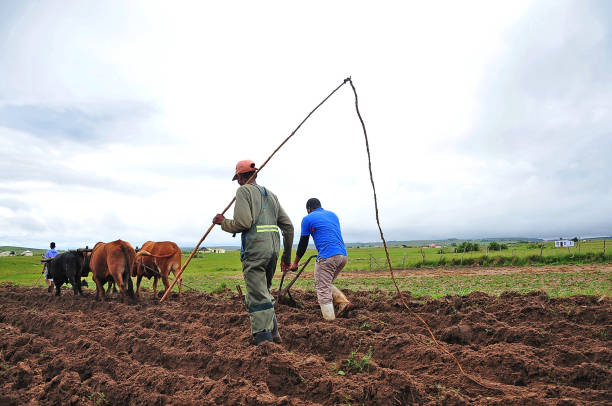
Farmers spend a lot on them because this livestock can be sold if a crop fails. It will help the farmers survive economically. In addition, livestock dairy products, eggs, and meat are readily available to the farmer families.
8. Element of Uncertainty
It is important to note that risk is very high in this farming. The failure of one or more significant crops can break the farmer’s whole year’s efforts.
Types of Subsistence Farming
There are two types of subsistence farming.
- Primitive subsistence farming
- Intensive subsistence farming
What is Intensive Subsistence Farming?
The term intensive subsistence agriculture is defined by high output per land. It relatively has low output per worker. Although, the nature of this agriculture has changed over the years. ‘Monsoon type of agriculture’ – is another name for intensive agriculture as such agriculture is generally practiced during the monsoon months in Asia.
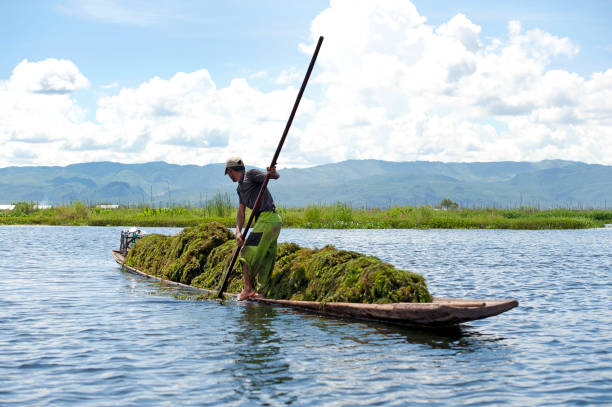
The term intensive subsistence agriculture is – used to describe a type of agriculture that is characterized by high output per unit of land. It has a relatively low output per worker. The nature of this agriculture has changed over the years, and in many areas, it is no longer subsistence.
But despite changes to the term – intensive subsistence, it is still used today to describe those agricultural systems which are primarily more sophisticated than what primitive agriculture used to be. Sometimes it is also known as – a monsoon type of agriculture.
It is important to note that this form of agriculture is best developed and practically confined to the areas where monsoon is prevalent. It is generally found in Japan, China, Korea, India, Pakistan, Sri Lanka, and also the more significant part of continental South-East Asia. You may also find it in parts of insular South-East Asia.
Farming in terraced uplands and the wet lowlands has to be very intensive. The reason is to support a dense population. It is important to note that population densities in some agricultural areas in Asia are higher than those of industrial regions in the West.
It is important to note that the fast-growing population, almost unchecked for centuries, has forced an ever greater intensity in the tillage of the lands. A small plot of land should support 5 or 10 times the number of people that a similar plot on an extensive corn farm in the USA could feed. Hence the load is more.
Characteristics Of Intensive Subsistence Farming
It involves a smaller plot of land and more labor to grow the crop. Farmers use less costly equipment on the farms.
The climate of this cultivation, with sunny and fertile soils, often allows for growing more than one crop annually on the piece of land. Note that this cultivation spread in the densely populated area of the monsoon zones – which primarily includes East Asia, South, Southeast, etc.
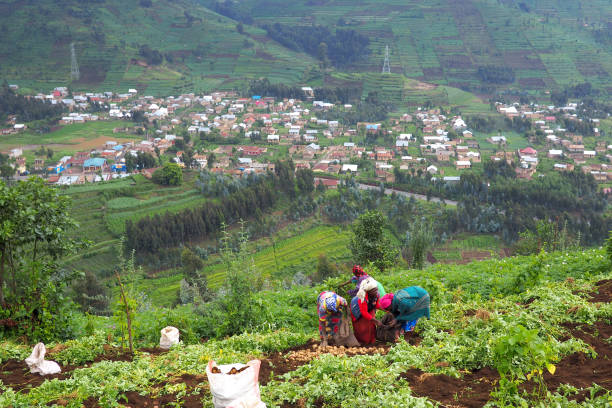
Some of the main characteristics of intensive subsistence agriculture are:
(i) Very small holdings:
Over the years, farms have been subdivided through many generations. Hence they have become tiny and often uneconomic to run. You would be surprised to know that an average farm in Japan is approx 0.6 hectares or about 1.5 acres. But farms might be even smaller in India and elsewhere in Asia.
Individual farmers grow crops mainly to support their own families. However, they have some surplus for sale in some areas. In China, rapid agricultural changes took place after the agrarian revolution.
(ii) Farming is very intensive:
The farmers are so land-hungry that every bit of tillable land is utilized for agriculture. The fields are separated only by narrow, handmade ridges and footpaths by which the farmers move around their farms. Their land areas could be more extensive.
These farmers make additional land available by cultivating swampy areas, irrigating drier regions, and terracing hill slopes that produce flat areas suitable for paddy cultivation. It is important to note that only the steepest hills and the most infertile areas, irrigating drier areas, and terracing hill slopes produce flat areas suitable for paddy cultivation. Only the steepest hills and the most infertile areas are left uncultivated.
Farming is so intensive in such farmlands that farmers often practice double- or treble-cropping. Meaning several crops are grown on the same land during the whole year. Where only one crop of paddy is produced, in those areas, fields are usually used in the dry season to grow other food or cash crops. For example, farmers grow tobacco, sugarcane, or oil seeds in such farmlands.
(iii) Much hand labor is entailed:
Traditionally, many laborers have to work in wet paddy cultivation. Farmers help plow their farms with the help of buffaloes, the fields are then raked by hand, and the paddy is planted painstakingly in precise rows by the women folk. Finally, harvesting is done with sickles and threshing – tools used by the hand. Farm implements are often still very simple.
The basic tools are simple plows, a kind of spade, and hoes. Nowadays farmers have the option to use machinery that is capable of working in the flooded fields. Such modern machinery can also separate machines that can plough, plant, and harvest the padi.
Most of these machines are not widely used because most farmers need help to buy them. Farmers today are extensively using them in more areas and hence it is gradually spreading throughout the monsoon Asia zone. Individual farmers hire these machines. These machinery are also widely used in the state farms of China.
Read related articles on garden decor ideas, humus soil, agricultural innovation examples, soil profile, stomata function, layers of soil, soil erosion, soil fertility, causes of soil erosion, digital camera, image processing, digital photography, and more.

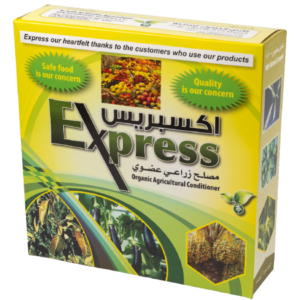




Leave a Reply